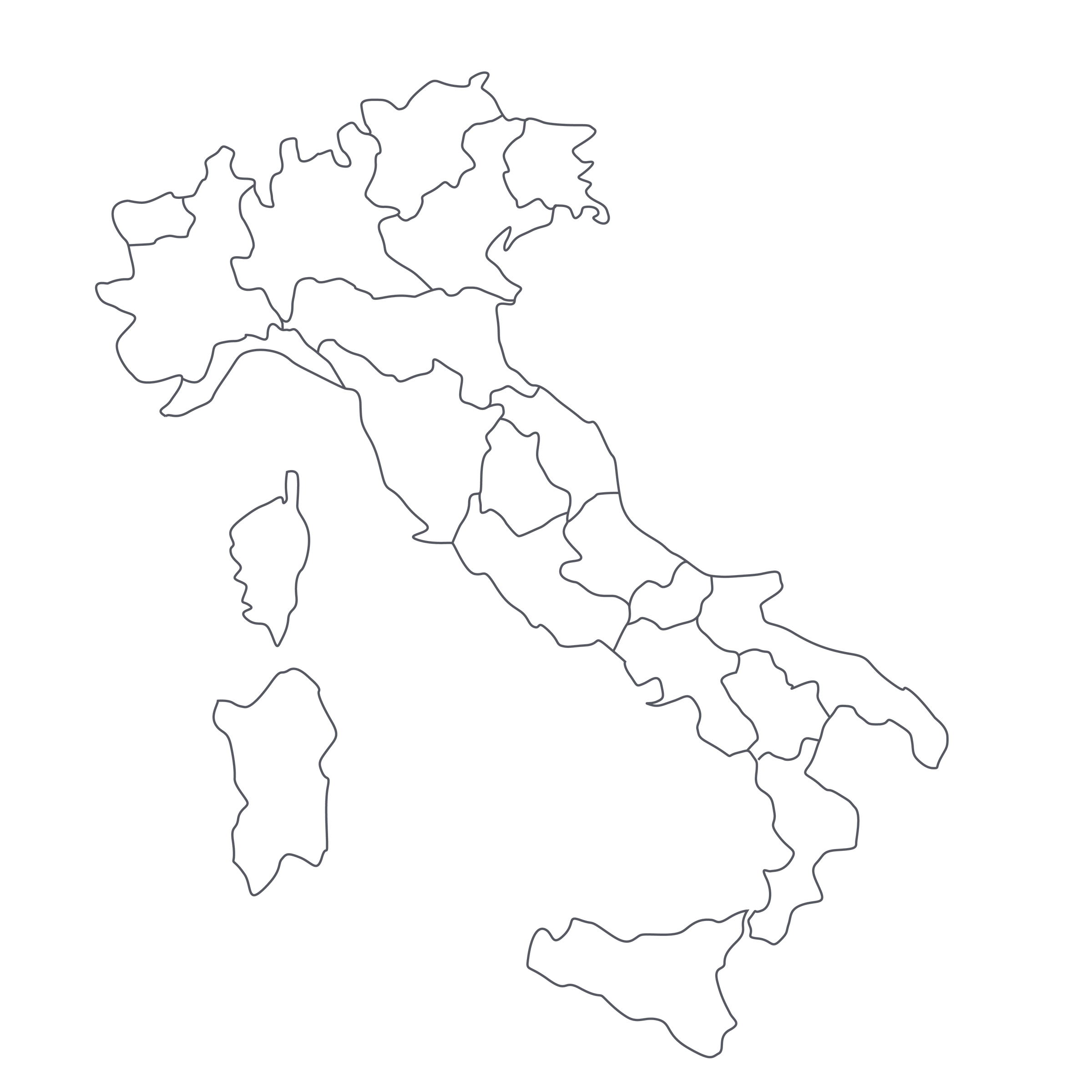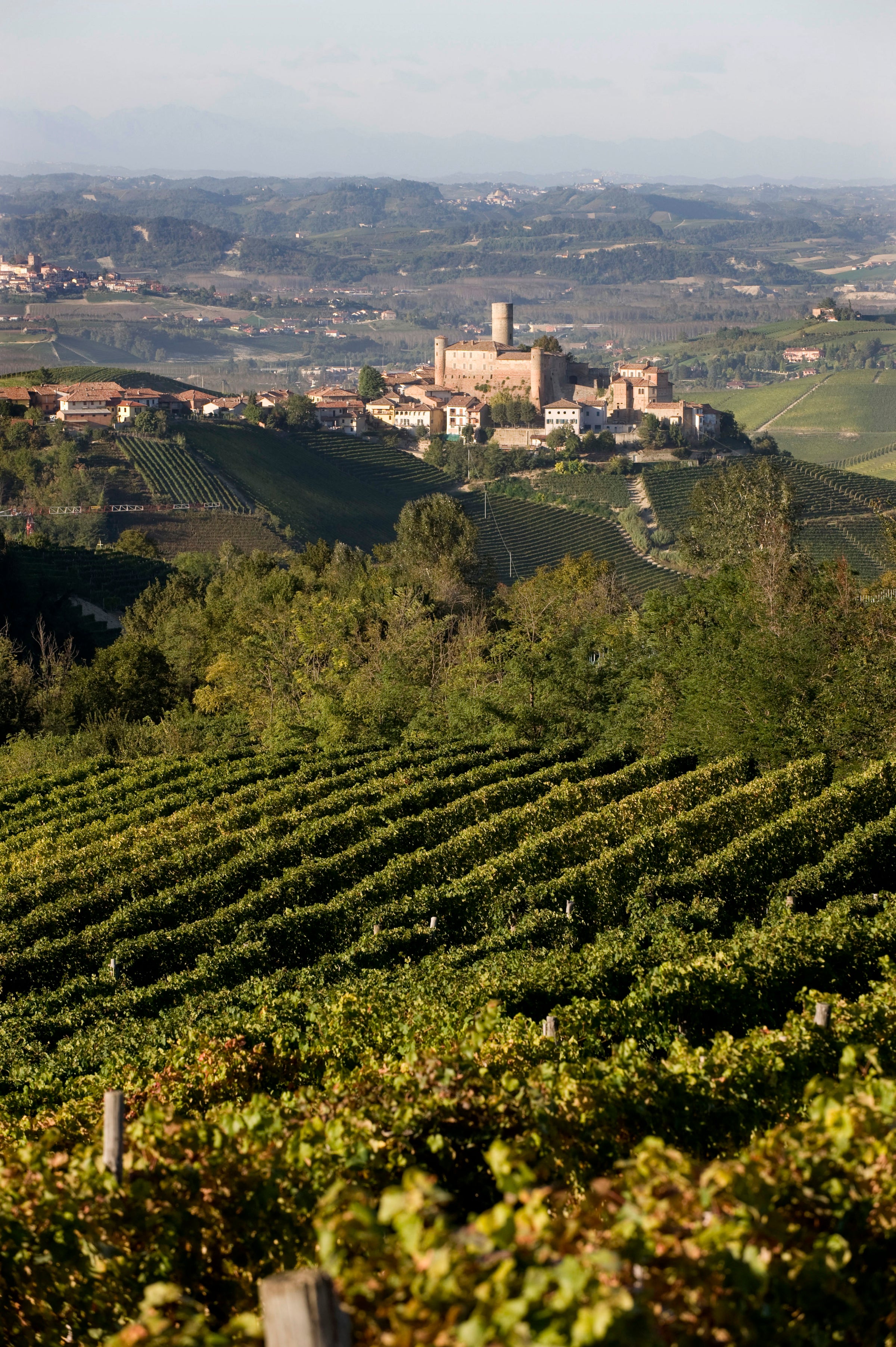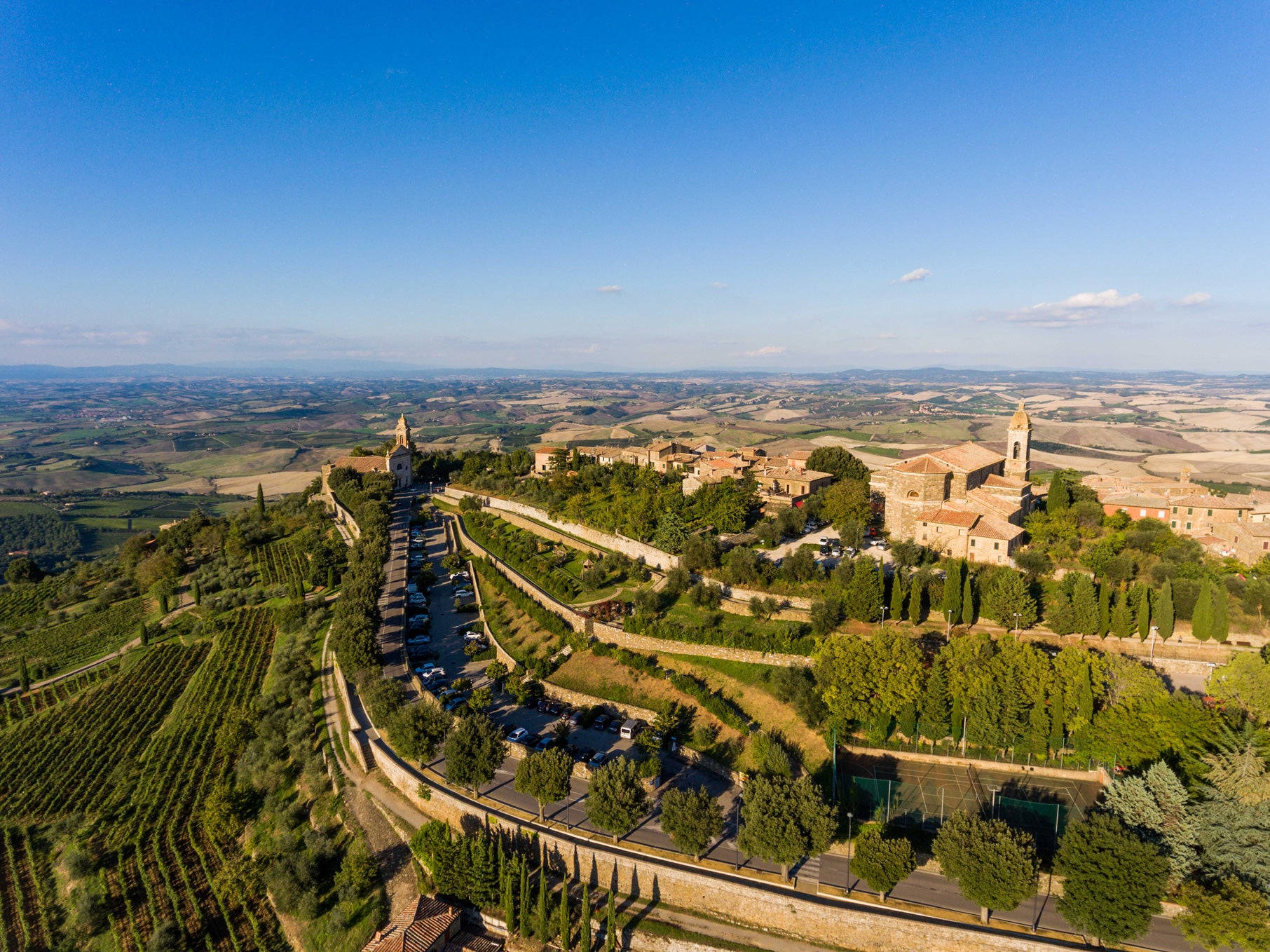To look at this wine’s label, you might wonder what “Serpullo” means. Is it a vineyard name? That’d be a good guess, but in fact it’s the name of a beloved veteran vineyard worker at the Fongoli winery in Umbria. Lots of wine producers will tell you that “great wine is made in the vineyard,” but you can’t do so more convincingly than this—and once you experience the rich, soulful, soil-driven red in the bottle, you’re convinced.
Fongoli is a biodynamic farm in the star-crossed village of Montefalco, in central Umbria, producing wines that rank right up there with local greats like Paolo Bea and Milziade Antano. These are wines that not only harness the considerable powers of Montefalco’s Sagrantino grape, but do so without any extra gilding of the lily. These are just pure expressions of biodynamically farmed grapes, as profoundly earthy as they are densely fruity, with plenty of balancing acidity lending them lift and detail. Today’s exceptionally well-priced Montefalco Rosso Reserva is a main-event wine in every respect, over-delivering at every turn. In a zone where the best wines have become ever-more rarefied and expensive, this is a revelation. You are going to be blown away, and there’s still more evolution ahead of it!
In the early 2000s, Montefalco Sagrantino (a.k.a. Sagrantino di Montefalco) was the most in-demand Italian red wine around. I know, because I was there, opening bottle after bottle from producers like Paolo Bea, Antonelli, Arnaldo Caprai, and many others. The Sagrantino grape, native to central Umbria, has some of the highest concentrations of polyphenols of any red grape in the world, and, in response to consumer demand for powerhouse reds, plantings of this once-rare local specialty surged throughout the early 2000s. Among Italian wine and travel aficionados, Umbria is often referred to as Italy’s “best-kept secret.” It is Tuscany’s immediate neighbor to the east, with a similar wine and food culture: Like Tuscany, Umbria’s premier red grape is Sangiovese, and, like Tuscany, Umbria makes some of Italy’s most piquant olive oils, but it is shortsighted to think of Umbria as “Tuscany Jr.” Umbria is the cuore verde (“green heart”) of Italy, with a culinary identity all its own, and, on the wine side, Umbria has Montefalco—and Sagrantino—as its ace in the hole.
Angelo Fongoli is the fourth-generation proprietor at his family’s estate, and for anyone who has flipped for the hyper-natural wines of Paolo Bea, take a closer look at what Fongoli is doing, because you will be duly impressed. The Fongoli farm, like Bea’s, is a polyculture of vineyards (about 40 hectares), olives, forest, and truffles. It has been Certified Organic since 2013 and, more recently, Angelo and his wife, Letizia, have embraced biodynamic agriculture. Most of their vineyard plantings contain a mix of grape varieties, and they are typically producing wines these days without any sulfur additions.
Whereas “Montefalco Sagrantino” is a varietal wine, Montefalco Rosso is an appellation used for wines driven by Sangiovese—in this case 60% Sangiovese mixed with 20% each Sagrantino and Montepulciano. Fongoli’s riserva is based on fruit from 60+-year-old vines and is fermented spontaneously in open-topped wooden tini; no sulfur is added during fermentation and there are multiple punch-downs executed daily. Most notably, the wine is aged more than three years in old Slavonian oak botti (quite a regimen for such a modestly priced wine).
Even at 20% of the blend, Sagrantino makes its dark, brooding presence felt. This ’16 is a deep, nearly opaque ruby moving to a magenta rim, with lots of sappy black fruits laid over crushed rock and underbrush notes. Aromas of black cherry, cassis, mulberry, leather, warm spice, bay leaf, tar, and turned earth carry over to a taut, full-bodied palate. The wine has enjoyed some bottle age and thus its tannins have softened, but there isn’t any undue chunkiness thanks to a refreshing wave of acidity. Decant it briefly before serving at 60 degrees in large Bordeaux stems, preferably with something gutsy to go with it. Umbria is famous for its Castelluccio lentils, black truffles from Norcia, and is considered the birthplace of porchetta. You’ve got plenty to work with, and this wine rewards the effort! Enjoy!









